by Alan K. Lee
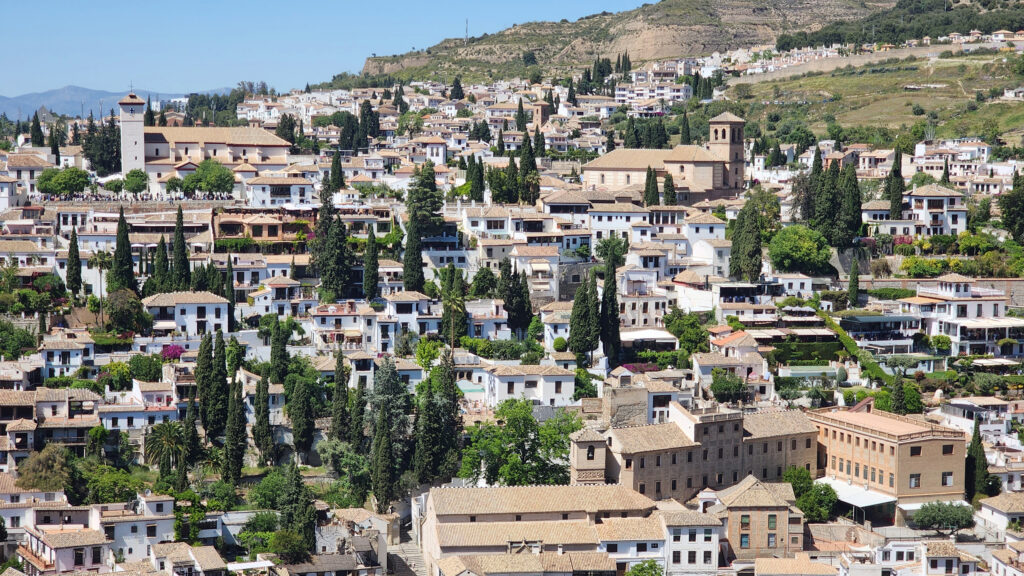
Introduction
The main reason, and to be honest probably the only reason, that my wife and I visited Granada on our trip to Spain last spring was to tour the Alhambra. The Alhambra is simply magnificent, and almost reason enough by itself to justify the 12,000-mile roundtrip journey that we took. But if we were to do the trip again, I would spend another day or two in Granada because I think we missed a lot by only spending one night there.
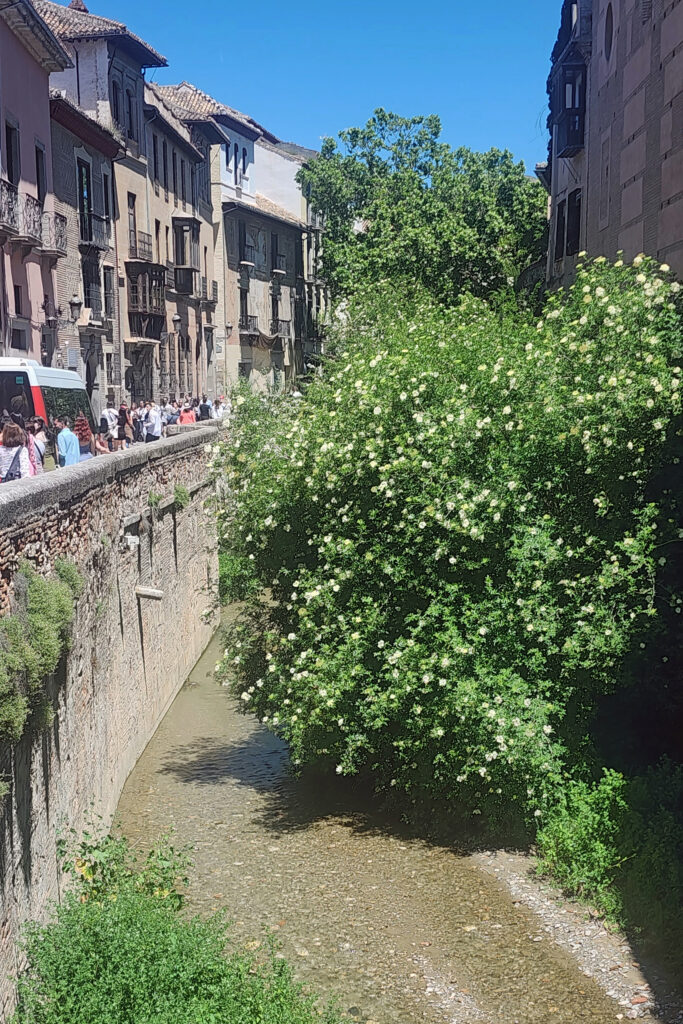
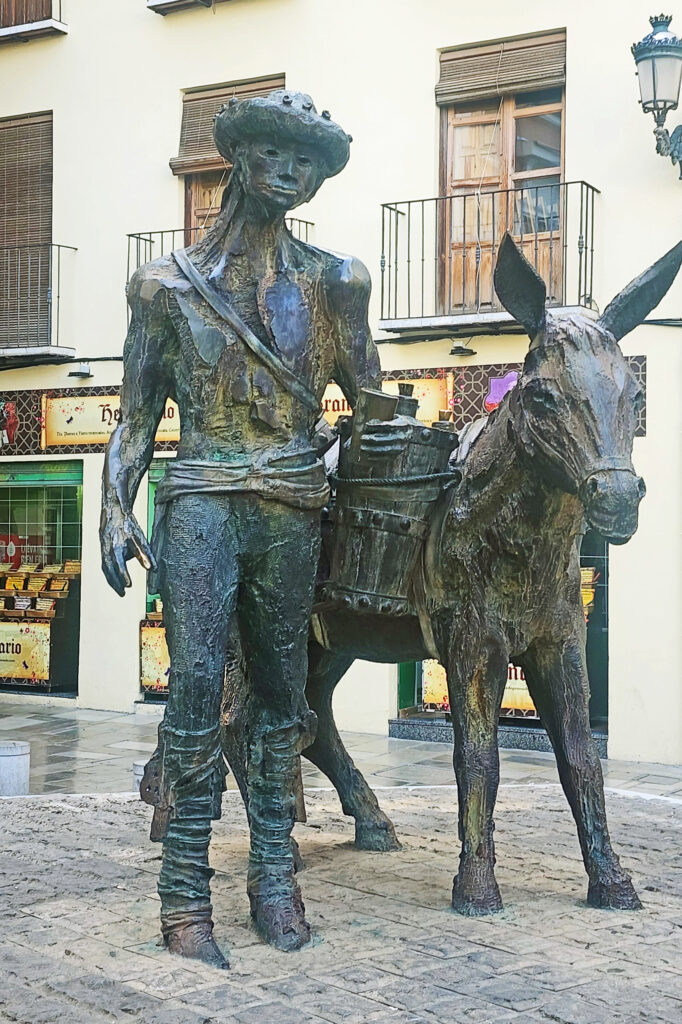
History
Like most of Andalusia, Granada has a long and complicated history. The oldest ruins unearthed in the city date to about 650 BCE. In 44 BCE the area became part of the Roman Empire. After the fall of Rome, the Visigoths ruled the area until the Moorish conquest in the 8th century CE. At that time, Granada was a small community with a mostly Jewish population. As late as the 11th century, Granada was a Shephardic Jewish state. Later, it was ruled by Berbers from North Africa. From 1232 until 1492 it was ruled by the Nasrid Dynasty. And Granada was the last city to be conquered by Christian forces during the Reconquista, surviving as a Muslim state for more than two centuries after the fall of Cordoba and Seville.
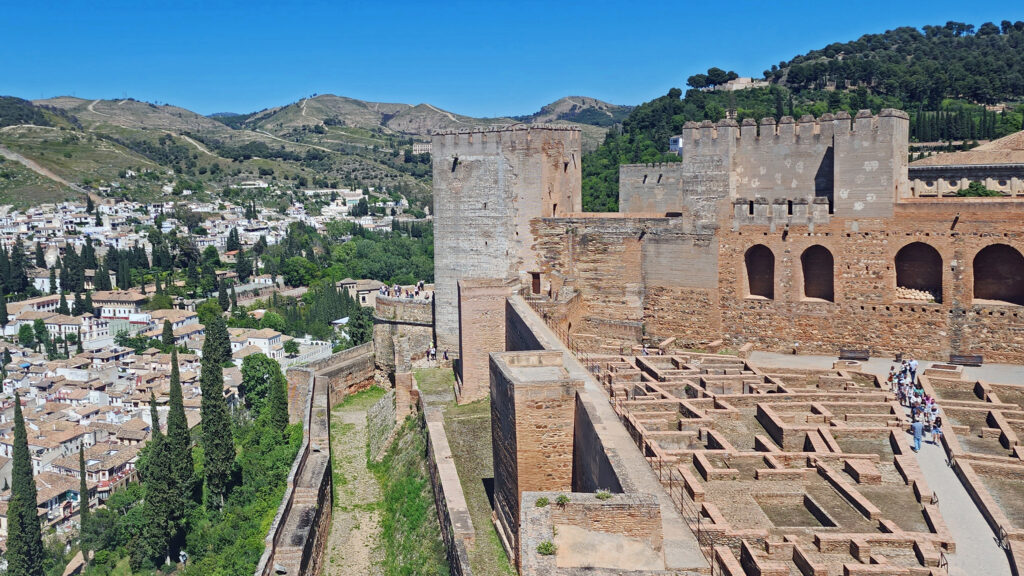
The Alhambra
The Alhambra was built during the Nasrid Dynasty. Construction of the complex began in 1238, two years after nearby Cordoba fell to Christian forces during the Reconquista, and was expanded over the course of more than a century.
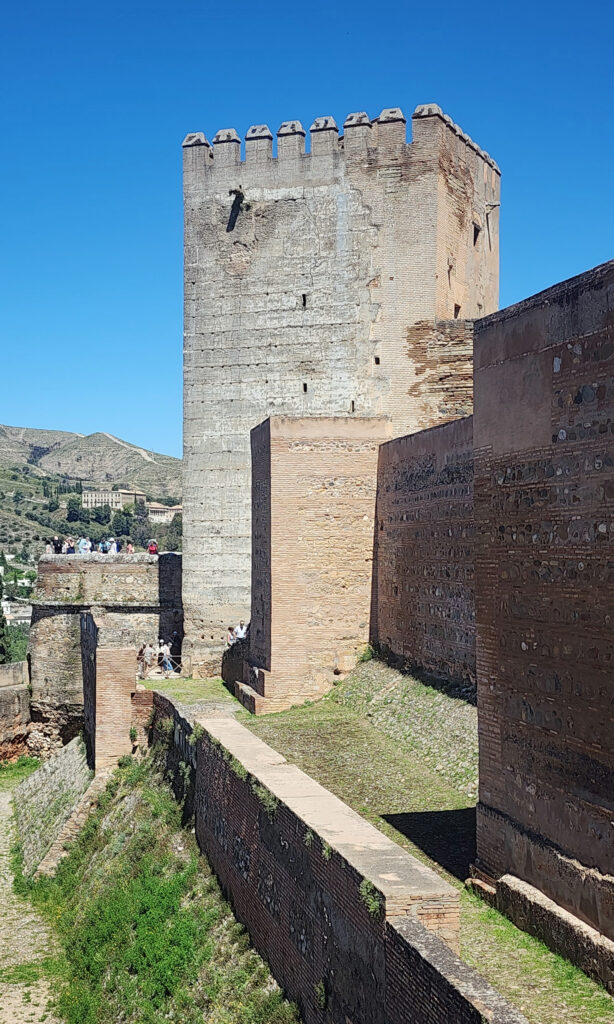
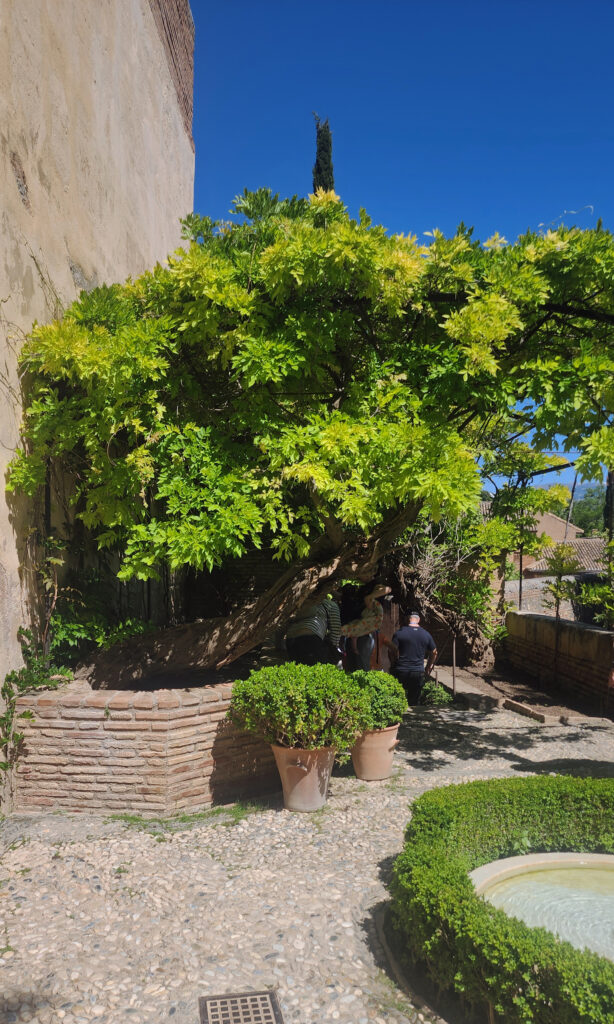
Located on Sabika Hill, the Alhambra is a sprawling collection of fortifications and palaces. It was a self-contained community separate from the city of Granada during Nasrid rule, with its own water system that brought water from the mountains to the east rather than having to bring water up from the Darro River in the city below.
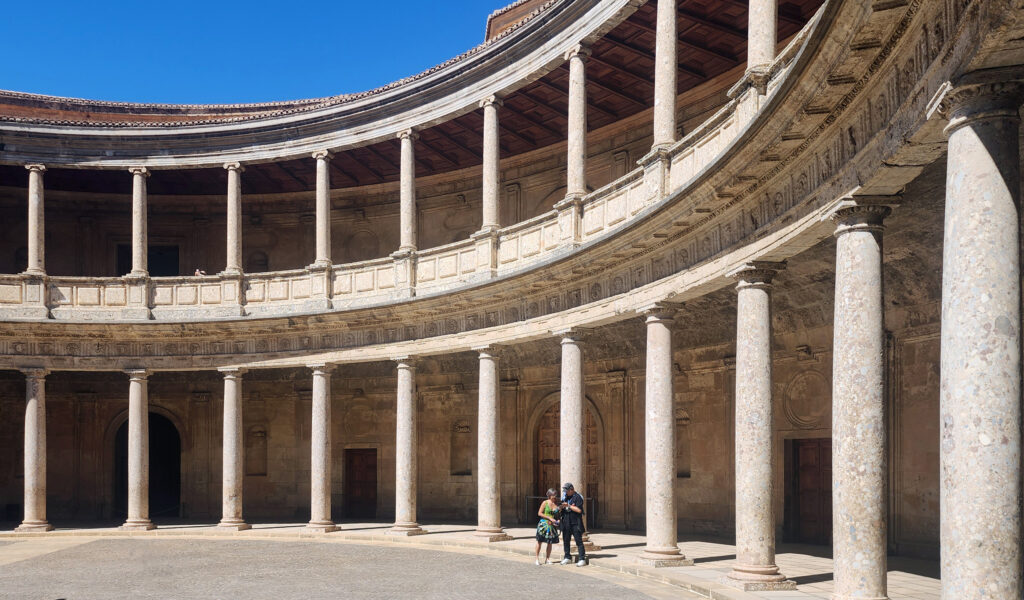
As it exists today, the Alhambra is a complicated combination of original construction by the Nasrids, additions made during the Renaissance (most notably the Palace of Charles V) and restorations done during the 19th and early 20th century. But it all seems to be of a piece, even if it is not.
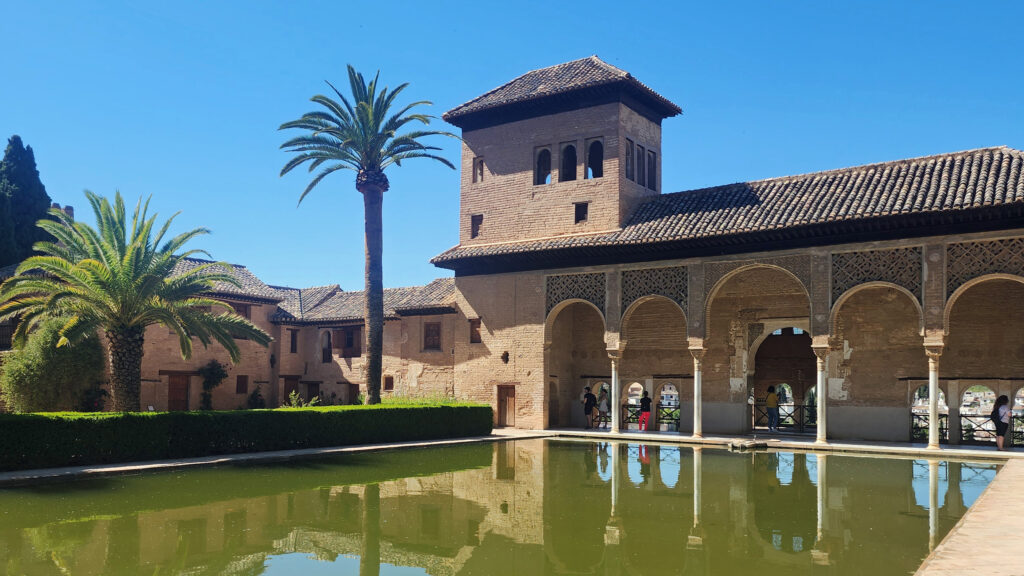
We arrived in Granada on a Saturday morning after a short train ride from Cordoba. We didn’t have much time to explore the city before our walking tour of the Alhambra that afternoon.
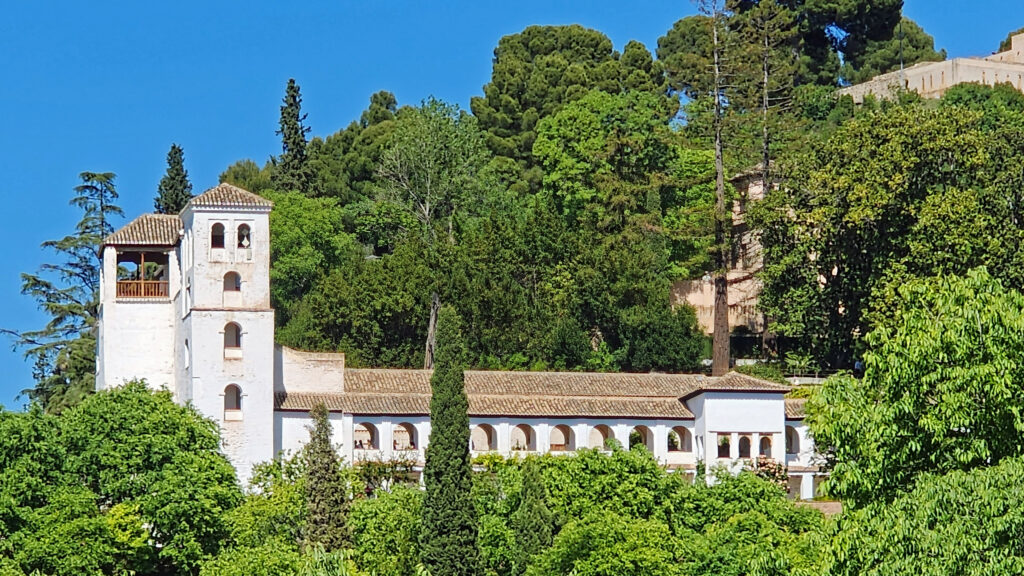
I hadn’t done much research on Granada or the Alhambra. Sometimes it’s better to arrive without any preconceived notions of what you’re about to see, but I probably should have been better prepared. I didn’t realize how spread out and how big the Alhambra is, how much of a climb it is up from the city, and how long our walking tour would last.
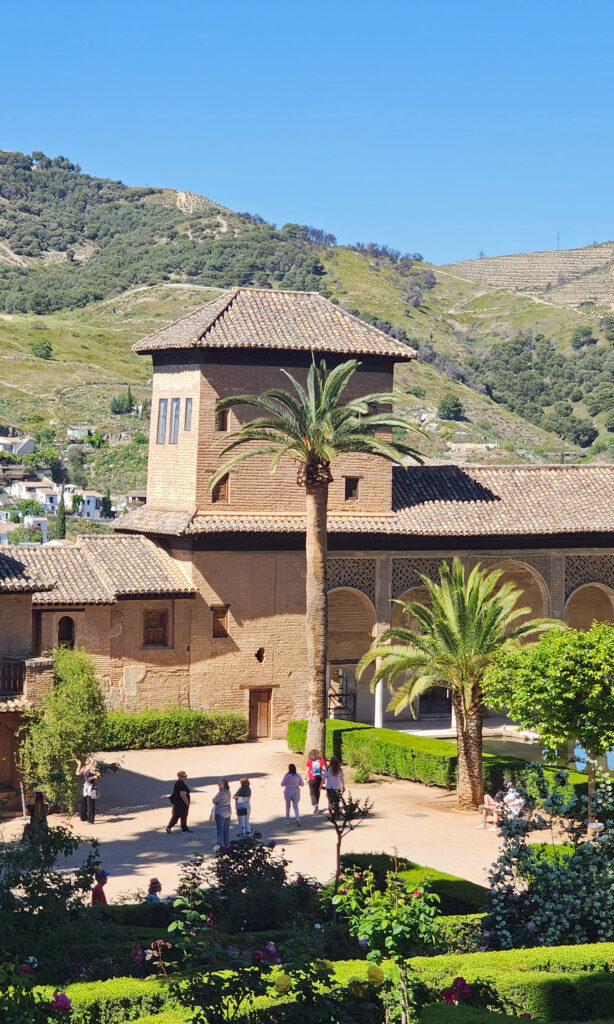
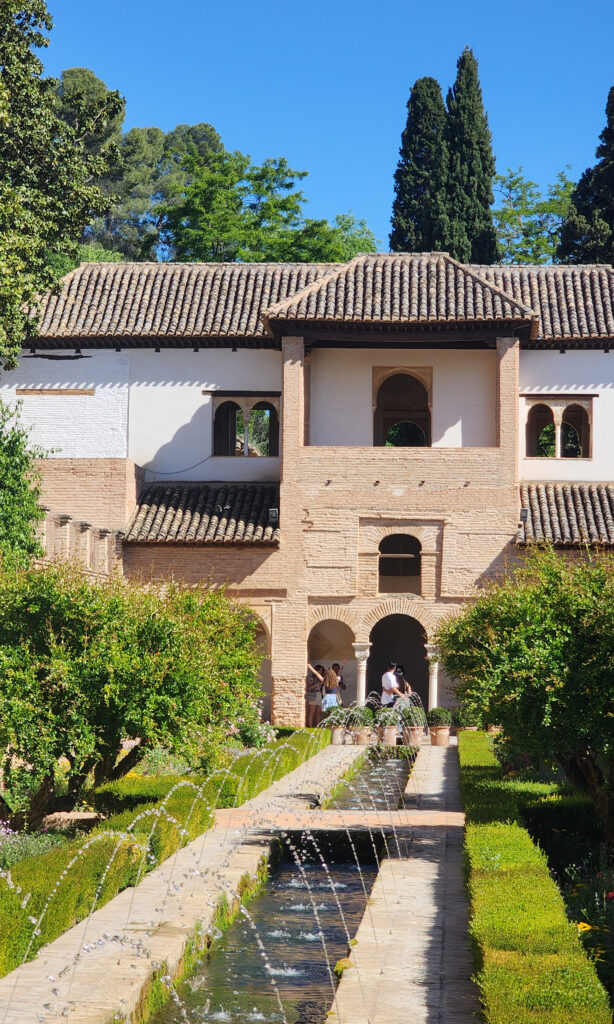
There are a variety of ticket packages available. Advance tickets can be purchased online through the Alhambra y Generalife website. None are particularly expensive – the Alhambra General ticket that includes access to the full complex, including the Generalife (summer palace) is €19 per person – but admission to the Alhambra is limited to 8000 tickets per day and the various tour companies snatch up a large percentage of them as soon as they become available. When I looked into purchasing tickets online, several months in advance of our planned visit in early May, tickets were sold out for the two dates we had available. But I was able to book tickets through one of the tour companies.
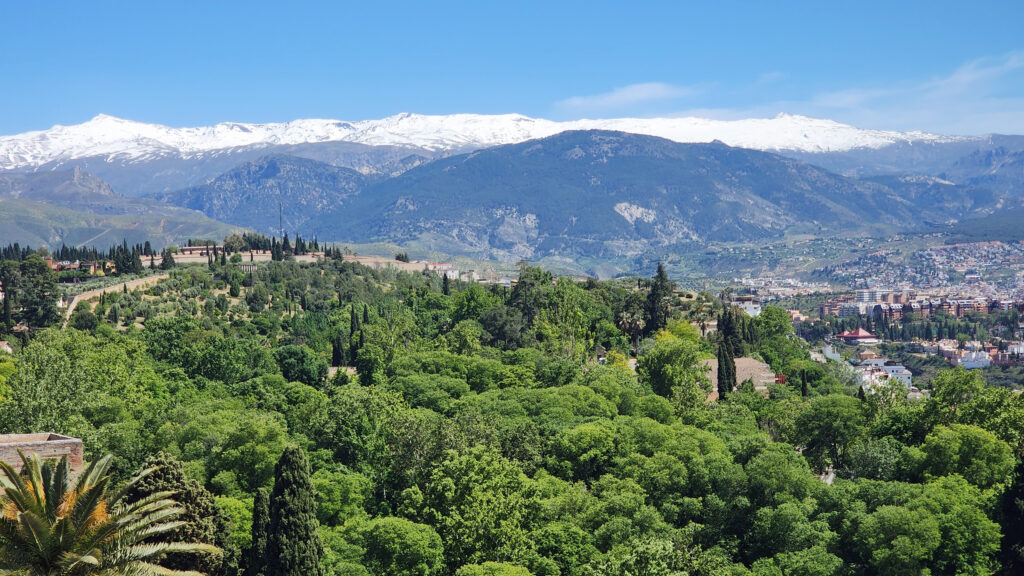
Our walking tour lasted more than three hours and was about six kilometers (3.7 miles) of walking, much of it uphill. I was pretty tired by the end of it, but what an incredible place! If I were to someday run out of new places to explore (doubtful), the Alhambra would be one of the first places I would revisit.

Walking tours of the Alhambra are available through a number of tour companies. We booked our tour through Play Granada. Our tickets cost US$66 for the two of us, significantly more than individual tickets, but it was money well spent. Our guide had a wealth of information that no guidebook could possibly match, and the skip-the-line tickets meant we did not have to waste time standing in any lines. Play Granada also offers walking, electric bike, and Segway tours of Granada (the Alhambra not included).
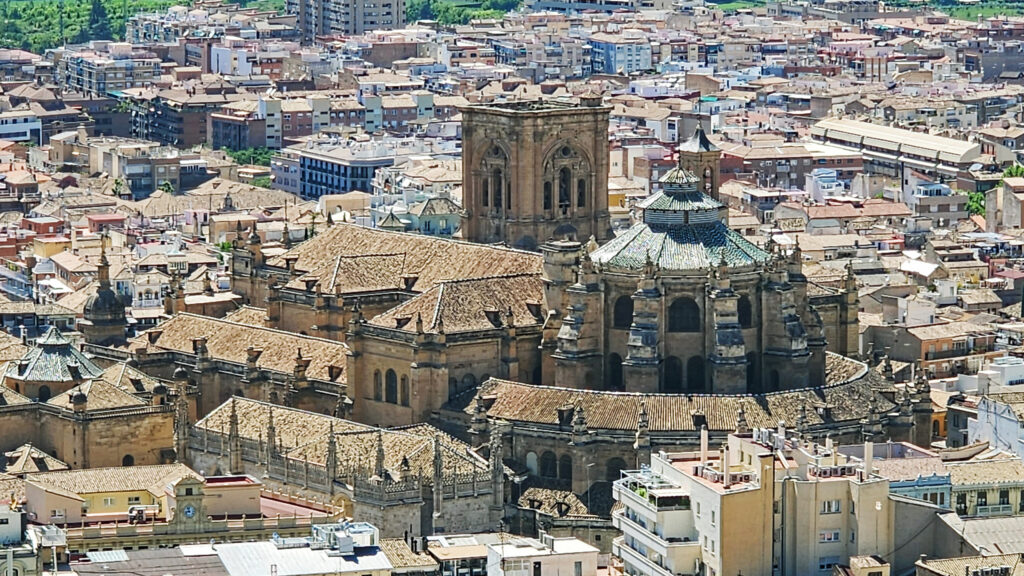
Granada Cathedral
The Granada Cathedral is prominent in the view of the city that you get from the Alhambra. Construction of the cathedral (officially the Metropolitan Cathedral-Basilica of the Incarnation) began in 1518 on the site of what had been the city’s principal mosque. Construction continued until the cathedral’s completion near the end of the 17th century.
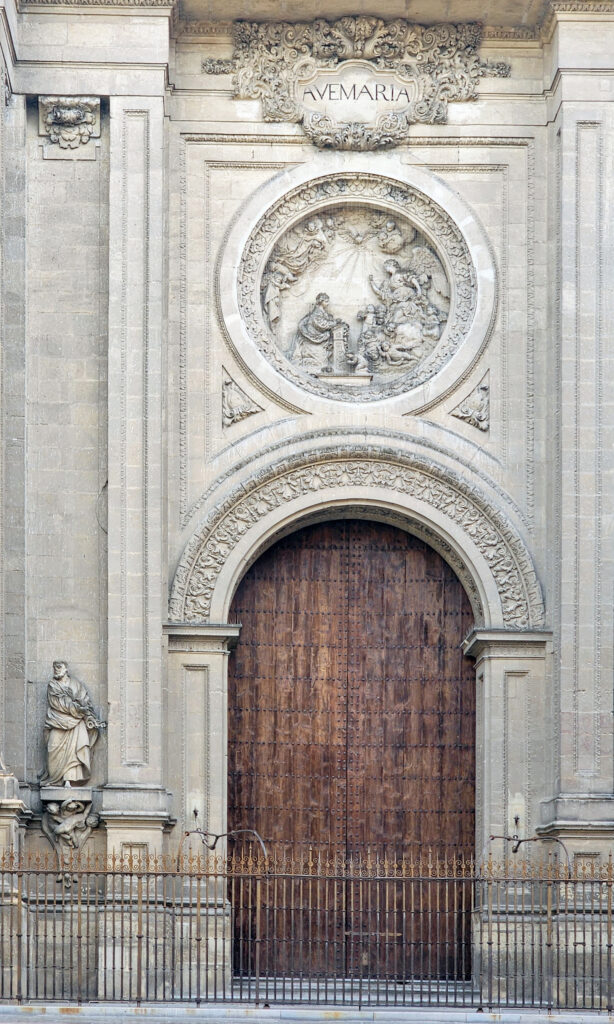
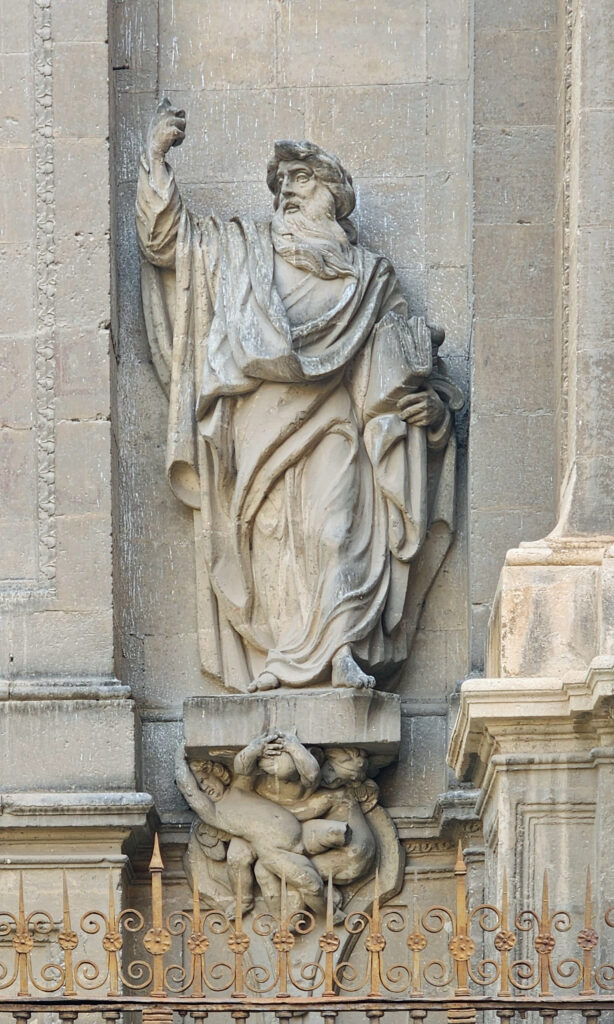
We didn’t go inside (it was Sunday morning and religious services were being held), but we did wander around for a while and admired the exterior of the cathedral the nearby plazas.
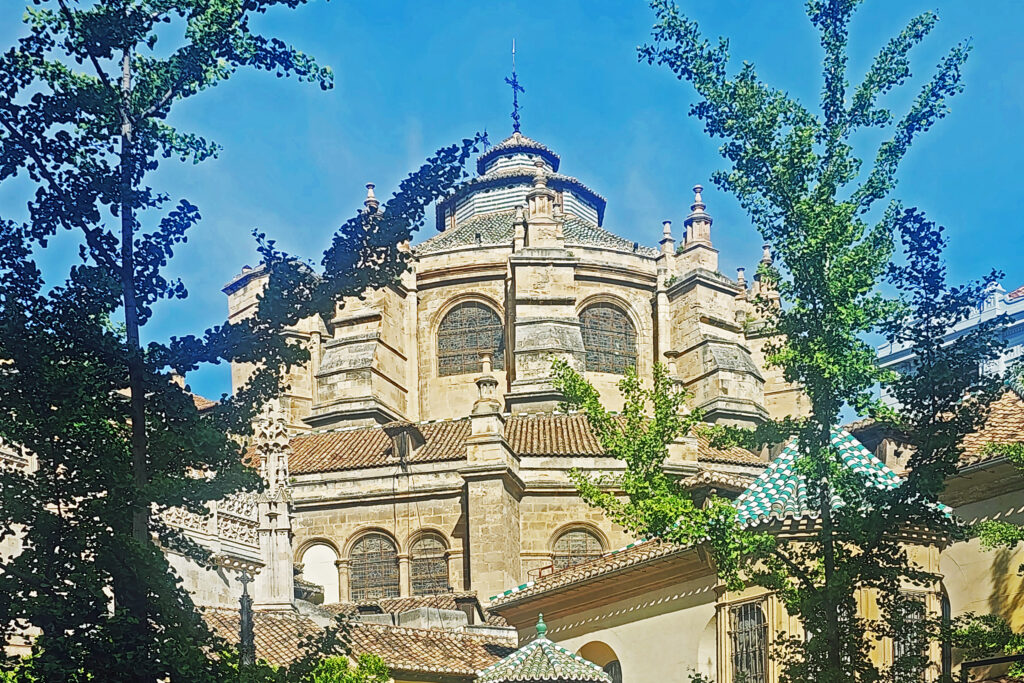
The cathedral is open 10:00-5:45 Mon-Sat and 3:00-5:45 on Sunday. Timed entry (morning or afternoon) tickets are available for €7 per person on the cathedral website.
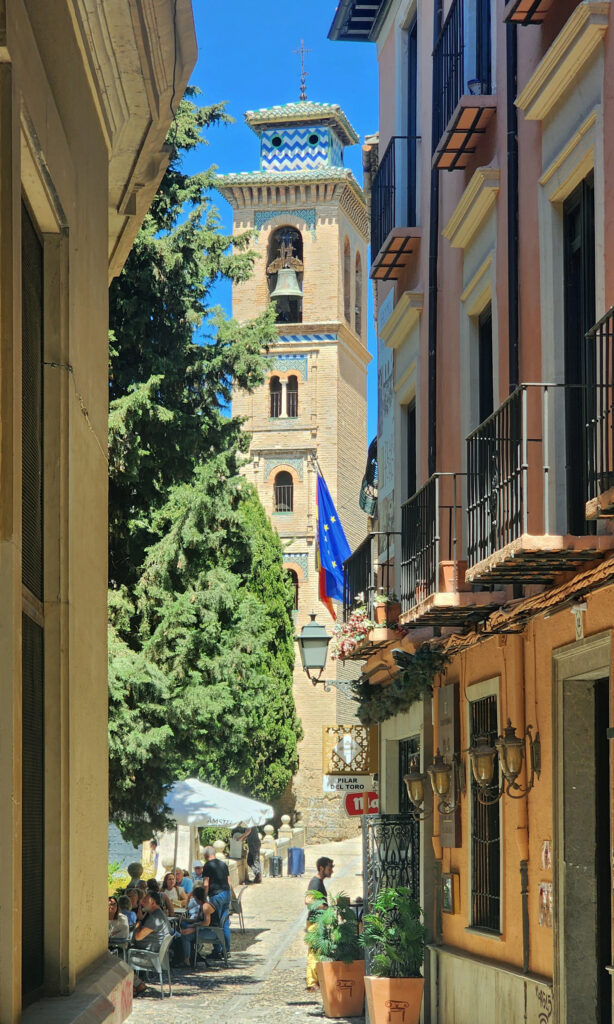
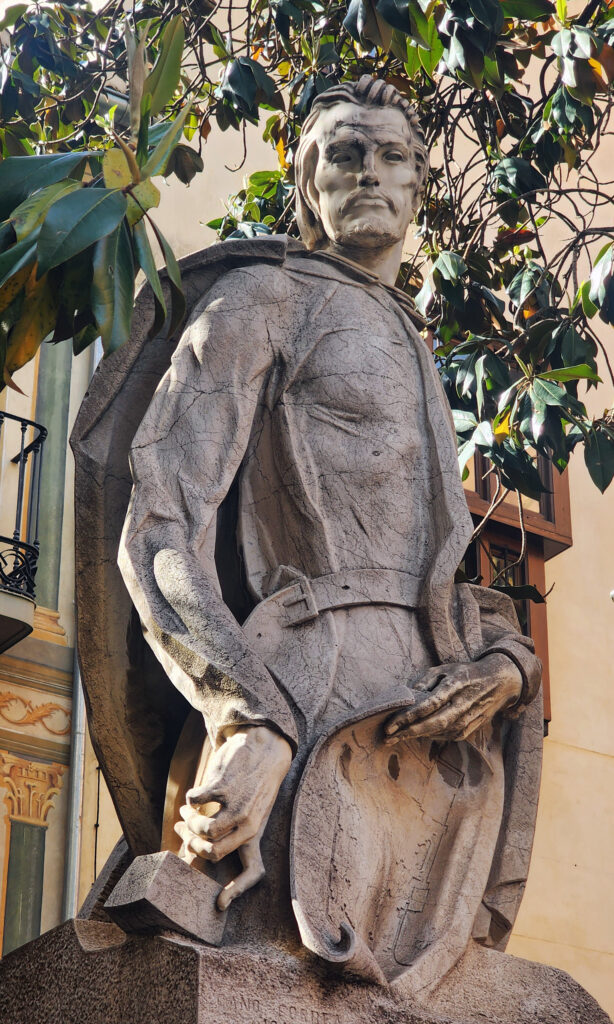
Other Things to See and Do
If we had another day or two to explore the city, we would have visited the Albayzin (or Albaicin) neighborhood, the old Moorish Quarter located on a hill just north of the Alhambra, toured the interior of the cathedral, maybe taken an e-bike tour of the city, and probably done a more targeted search for great dining experiences (maybe a tapas tour). We’d probably also have done more of what we usually do in a new city, just wander around for a time with no set itinerary and see what we find.
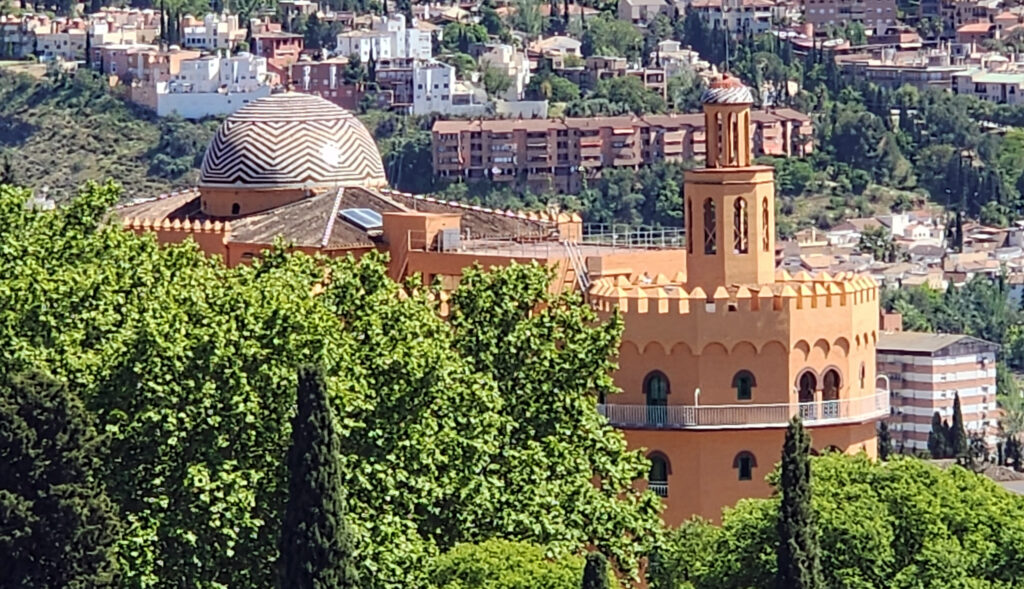
Conclusion
Even the limited time we had to spend in Granada was a wonderful and truly memorable experience. Any trip to Andalusia should feature Granada and the truly magnificent Alhambra.
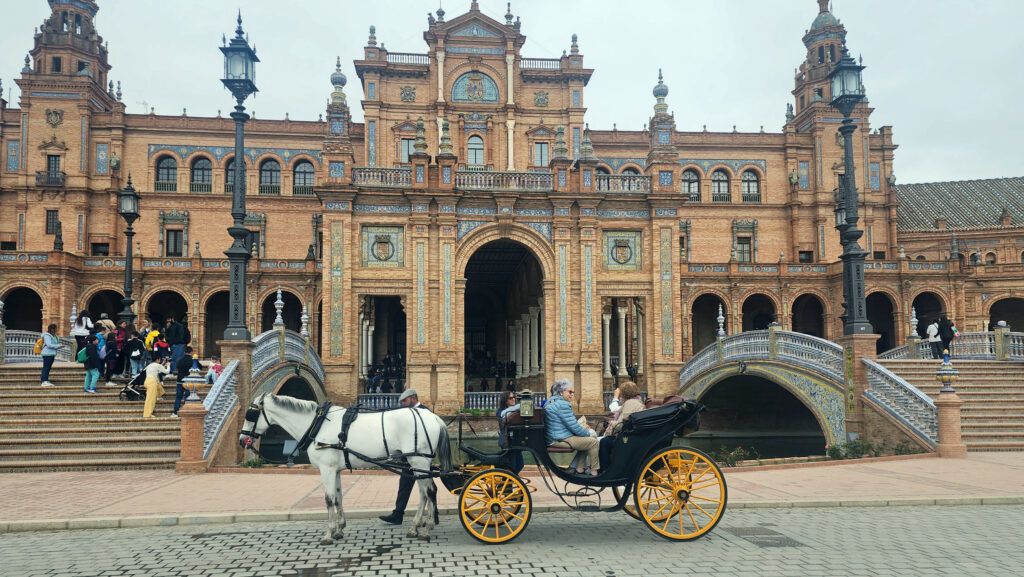
For more on our visit to Andalusia, check out my posts on Seville and Cordoba. And look for a future post on Ronda, Spain. You might also like my posts on Lisbon, Sintra, and the Algarve.
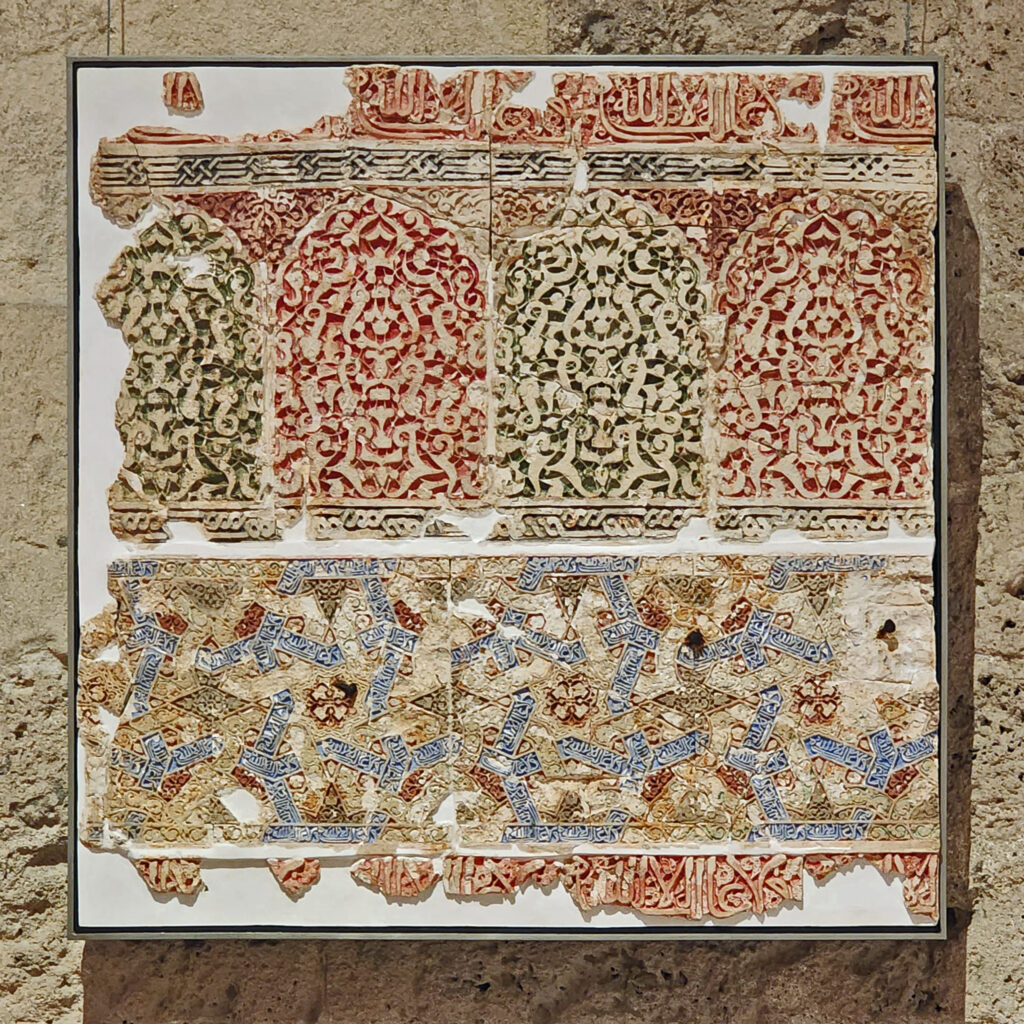
Posted November 16, 2024
All photos © Alan K. Lee

